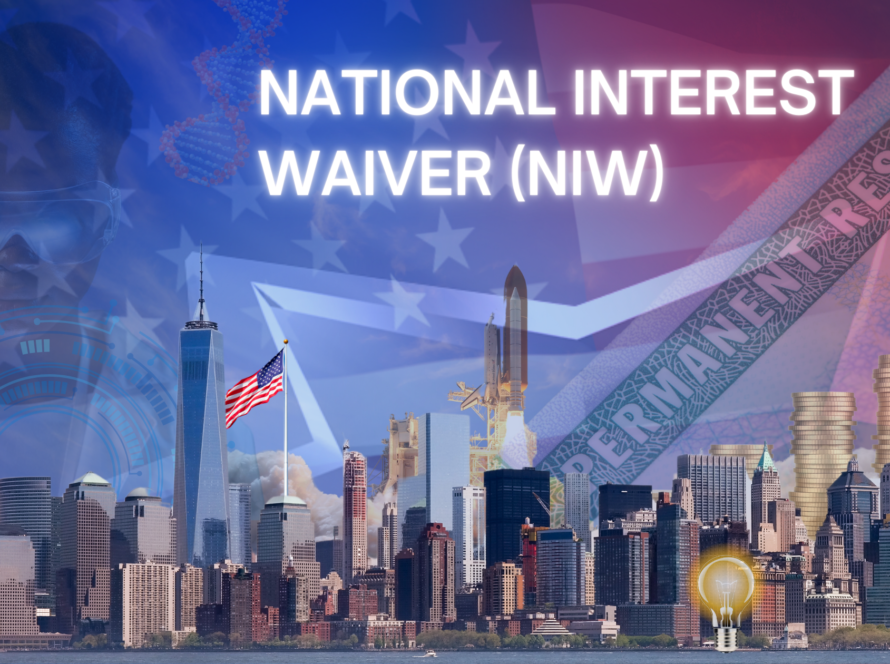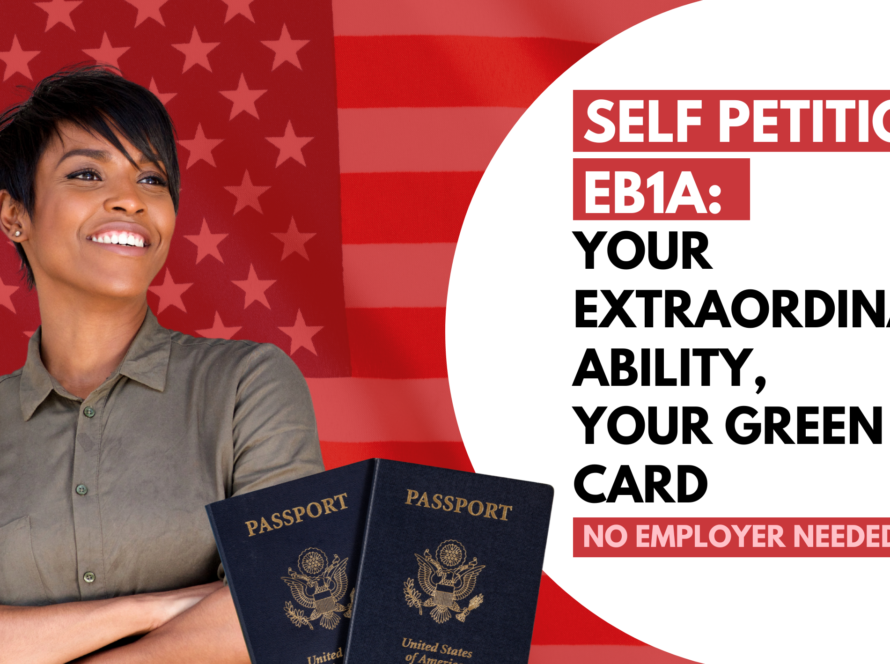
If you’re aiming for an EB1A green card, one question likely keeps you awake at night: “Does my work qualify as an original contribution?” For many talented professionals, researchers, entrepreneurs, and creative innovators, this can feel daunting. The USCIS criteria for “original contribution” are often perceived as vague or subjective, leaving applicants unsure of how to demonstrate that their work truly stands out.
At My Green Card Story, we help applicants translate their achievements into compelling evidence that USCIS can admit. In this guide, we’ll break down the EB1A original contribution criteria, explain how to prove your work matters, and give actionable strategies to strengthen your petition.
What USCIS Means by “Original Contribution”
An original contribution is not merely about completing a project or publishing a paper—it’s about advancing your field in a measurable way. USCIS looks for work that is:
- Innovative: Your contribution introduces new concepts, techniques, or solutions that weren’t previously available.
- Impactful: Your work influences your field, peers, or industry practices.
- Recognized by Experts: Other professionals or organizations acknowledge your work’s significance.
Examples of original contributions include:
- A creative innovation (in arts, media, or design) that inspires new approaches.
- A research discovery that is widely cited in academic journals.
- A product, process, or methodology that becomes standard practice in your industry.
Why Demonstrating Original Contribution Can Be Challenging
Many applicants mistakenly believe they need:
- Hundreds of academic citations
- Prestigious awards or global recognition
- A traditional academic background
The reality is that USCIS prioritizes impact over numbers. A few well-documented examples of recognition or adoption can outweigh dozens of minor mentions.
For instance:
- A new software tool adopted by multiple companies may carry more weight than a paper cited 10 times in low-impact journals.
- An entrepreneurial innovation that drives measurable revenue growth in an industry can demonstrate significant original contribution.
How to Prove Your Original Contribution
Proving that your work qualifies as an original contribution requires clear, credible evidence. USCIS looks for documentation that demonstrates real-world impact.
Key strategies include:
1. Expert Recommendation Letters
Letters from field experts can carry significant weight if they explain:
- How your work advances the field
- Why it is unique or innovative
- How your peers or industry have adopted your ideas
2. Documented Citations and References
Evidence that your work is being used, cited, or referenced by others can include:
- Academic citations in journals
- Mentions in patents or technical documentation
- Industry reports or case studies
3. Adoption and Implementation
Showing how your work is applied in practice demonstrates real-world impact. Examples:
- Software, tools, or processes adopted by organizations
- Methods taught in professional workshops or courses
- Guidelines or standards influenced by your research
4. Media Coverage and Recognition
Articles, interviews, or features highlighting your work add credibility. Examples:
- News articles covering your innovation
- Industry blogs or professional association highlights
- Awards, certifications, or invitations to speak at conferences
5. Clear Storytelling It’s not enough to just list your accomplishments. USCIS needs a narrative that explains why your work matters. Your petition should clearly connect your achievements to their impact on the field.
Common Myths About Original Contribution
Understanding what doesn’t matter can save you time and focus your efforts:
Myth 1: You need hundreds of citations.
Fact: A few strong examples of adoption or peer recognition often carry more weight.
Myth 2: Only academics can qualify.
Fact: Entrepreneurs, engineers, artists, and other professionals can meet the criteria if their work advances their field.
Myth 3: You must win major awards.
Fact: Recognition comes in many forms—media coverage, industry adoption, patents, or peer recommendation letters can all be persuasive.
Examples of Original Contributions
To make the concept tangible, here are some illustrative cases:
- Engineering: An engineer develops a process that reduces manufacturing costs by 30% and is adopted by multiple companies.
- Entrepreneurship: A startup founder creates a digital platform that transforms how small businesses manage logistics.
- Research: A scientist publishes groundbreaking findings that become widely cited in subsequent studies.
- Creative Arts: A designer develops a new style or technique adopted by peers and featured in industry exhibitions
Tips to Strengthen Your EB1A Petition
- Select Your Strongest Achievements: Focus on contributions with measurable impact.
- Collect Evidence Early: Gather publications, media mentions, patents, and adoption records.
- Leverage Expert Letters: Obtain letters from respected peers or industry leaders.
- Provide Context: Explain the significance of your work in plain language—avoid jargon.
- Use Quantitative Metrics: Include numbers, adoption rates, or citations to substantiate impact.
Frequently Asked Questions (FAQs)
Frequently Asked Questions (FAQs)
Q1: Can entrepreneurs qualify under EB1A?
Yes. Innovations, products, or methods that significantly impact your industry can meet the original contribution criteria.
Q2: How do I know if my work is impactful enough?
Impact is assessed through recognition, adoption, citations, media coverage, and peer acknowledgment. At My Green Card Story, we help you identify the strongest evidence and present it persuasively.
Q3: How many recommendation letters should I submit?
Typically, 5–7 strong letters are sufficient. The focus should be on the quality and credibility of the recommenders rather than quantity.
Why Work with My Green Card Story?
Navigating the EB1A original contribution criteria can feel overwhelming. At My Green Card Story, we help you:
- Evaluate your achievements and identify qualifying contributions
- Prepare persuasive evidence and recommendation letters
- Frame your story strategically to meet USCIS expectations
Our goal is to ensure that your petition clearly shows the real-world impact and significance of your work.
Ready to strengthen your EB1A petition? Contact My Green Card Story today and let our experts help you showcase your original contributions effectively.
For official information on the EB-2 and NIW process, visit the USCIS website.
Let’s make Your EB2-NIW & EB1A journey a success! Stay connected with us! Follow My Green Card Story on all our socials for the latest updates, tips, and inspiring success stories. Got questions? We’re here to help!



